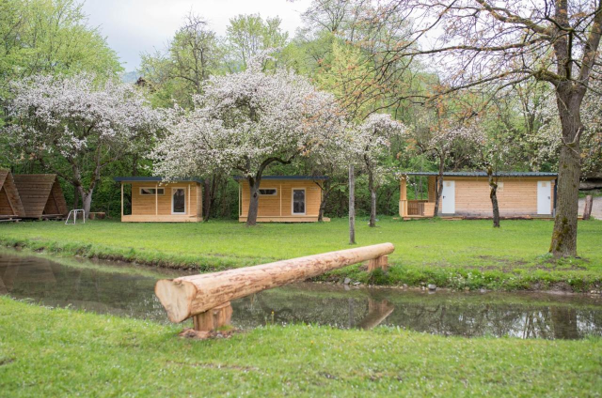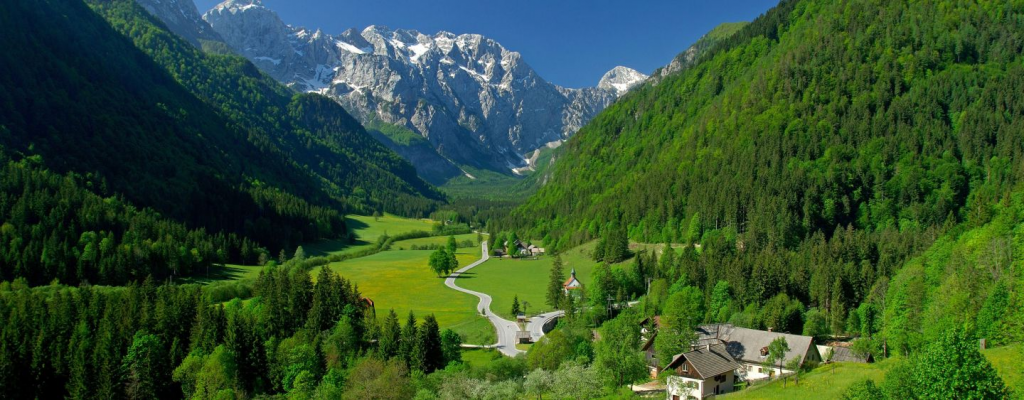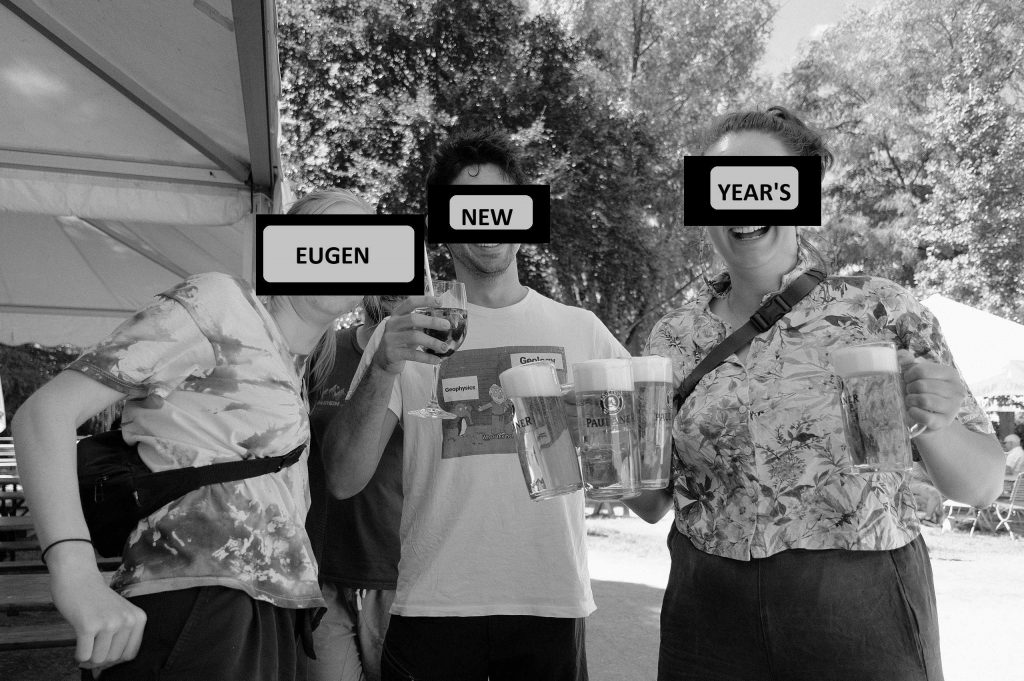Campsite
The campsite is situated in the village of Ochaby Małe, right by the Vistula River and a fishing lake. We’re located in the Silesian Beskid region, in the heart of the Western Carpathians, an area renowned for its stunning hiking trails and vibrant ski tourism in winter.
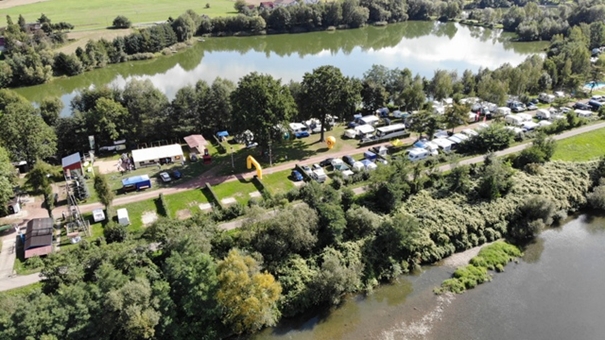
Region/Town
The nearby town of Żywiec is famous for Poland’s largest brewery and the beautiful Żywieckie Lake, situated next to the impressive Tresna hydroelectric dam.
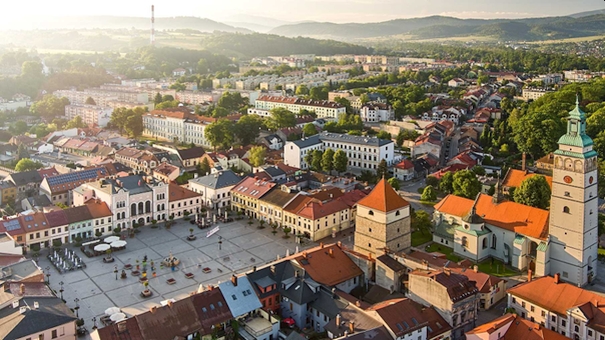
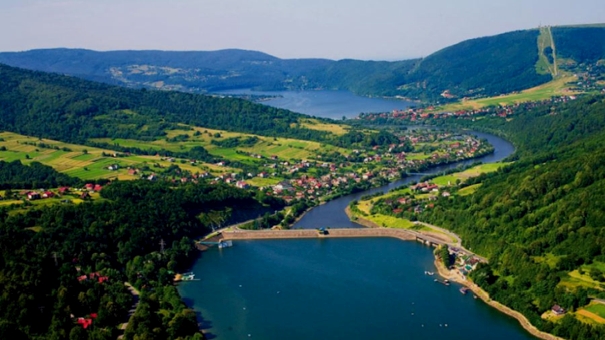
https://przeglad-turystyczny.pl
Silesia is also a land of coal. For many years, mining was the driving force of the region. In a 20 km distance from the campsite is an active coal mine Zofiówka-Borynia-Bzie.
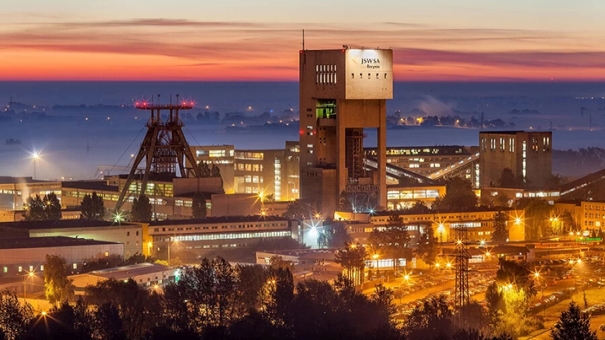
https://www.portalsamorzadowy.pl
In addition, neighboring Opole Silesia region, within the Cracow-Silesia Monocline, you can admire tropical, shallow-water carbonate platform sediments. At the transition of the Paleogene and Neogene, volcanic activity created Saint Anne’s Mountain, made mainly of nephelinite. The area of St. Anne’s Mountain is on the Polish UNESCO World Heritage List among the 15 most valuable landscapes of Poland.
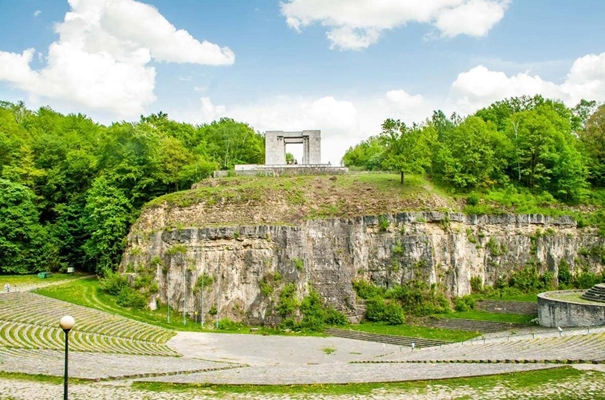
https://turystycznepropozycje.pl
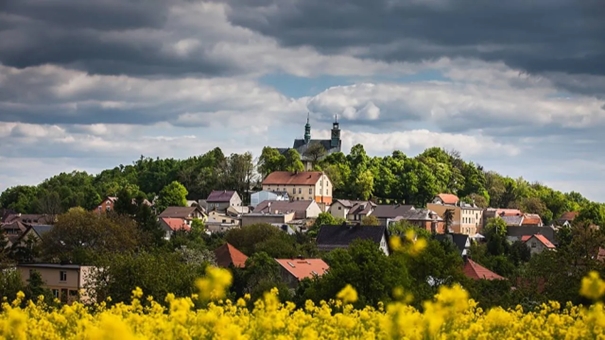
Geology
Geologically, the campsite is situated within the Silesian Unit, the most extensive tectonic unit in the Outer Carpathians (also known as the Flysch Carpathians), characterized by the most complete lithostratigraphic profile, recording the continuity of sedimentation from Cimmeridian to Miocene. Except of geoturistic values, Silesian Unit is crucial due to its oil and gas deposits.
The Outer Carpathians are predominantly composed of deep-sea sediments, deposited mainly by turbidity currents and are represented by siltstones, mudstones, sandstones, conglomerates, and subordinately by marls, cherts, limestones, pyroclastic and sporadically magmatic rocks. One of these unique magmatic rock is teschenite – named for its occurrence near Cieszyn (Teschen), located circa 30 km from our campsite.
The geological structure of the area has been the subject of research by numerous scientists for many years due to its extremely complex tectonic structures – it’s a fascinating puzzle of nappes and faults, formed by the gradual folding of many stack of nappes and thrustsheets cut by numerous faults.
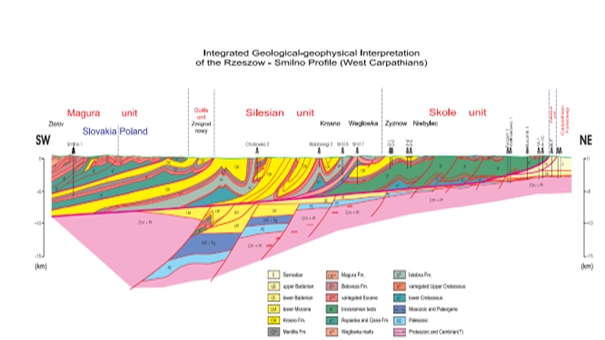
Golonka, J. & Picha, F.J. (eds) 2006. The Carpathians and their foreland: Geology and hydrocarbon resources. American Association of Petroleum Geologists Memoire, 600 pp.
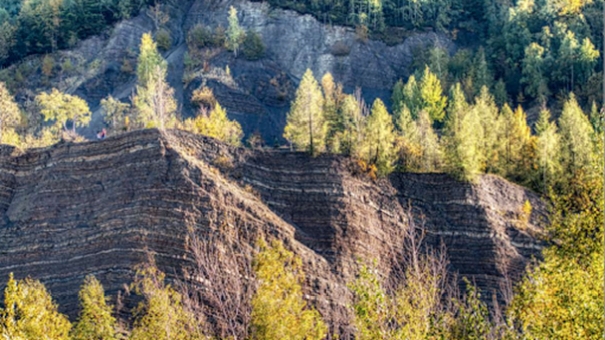
http://cudaregionu.fundacja-hereditas.pl/
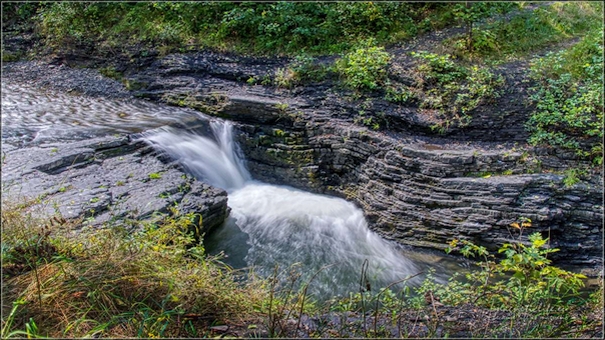
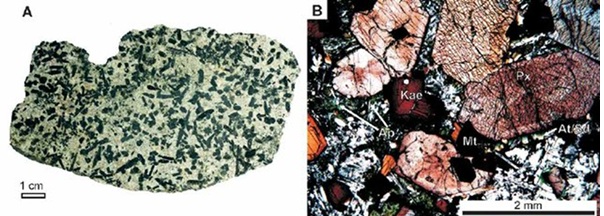
Szopa, K., Włodyka, R., & Chew, D. (2014). LA-ICP-MS U-Pb apatite dating of Lower Cretaceous rocks from teschenite-picrite association in the Silesian Unit (southern Poland). Geologica Carpathica, 65(4), 273–284.
Registration is now open for everyone

